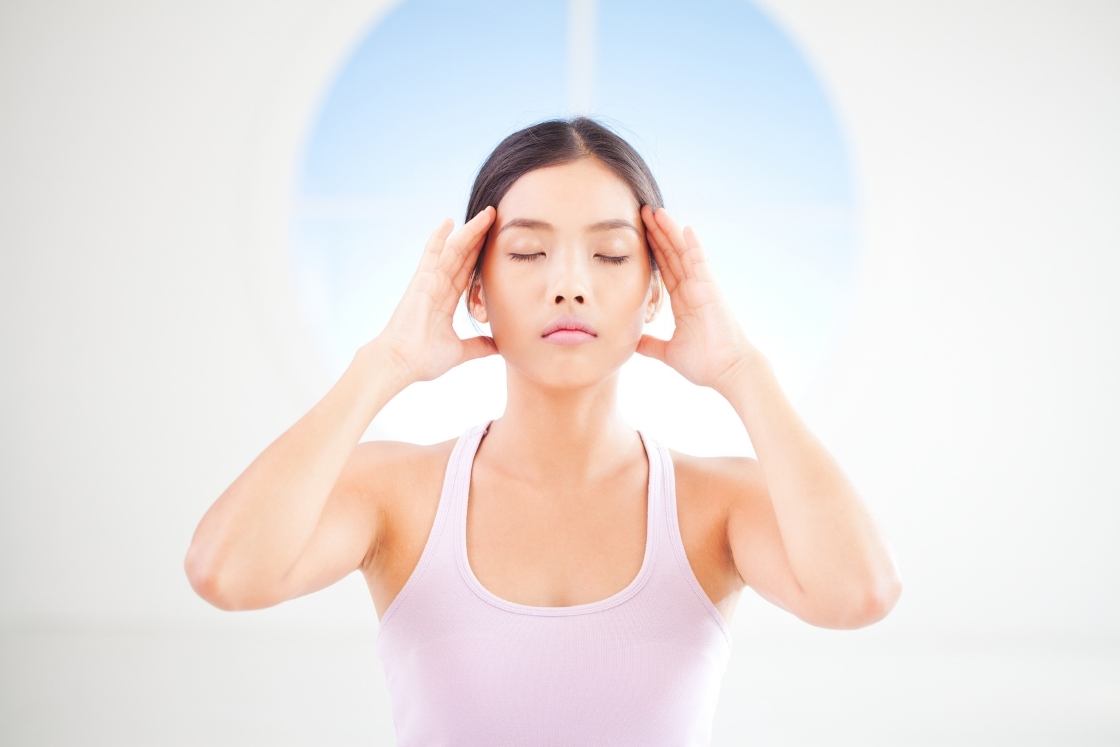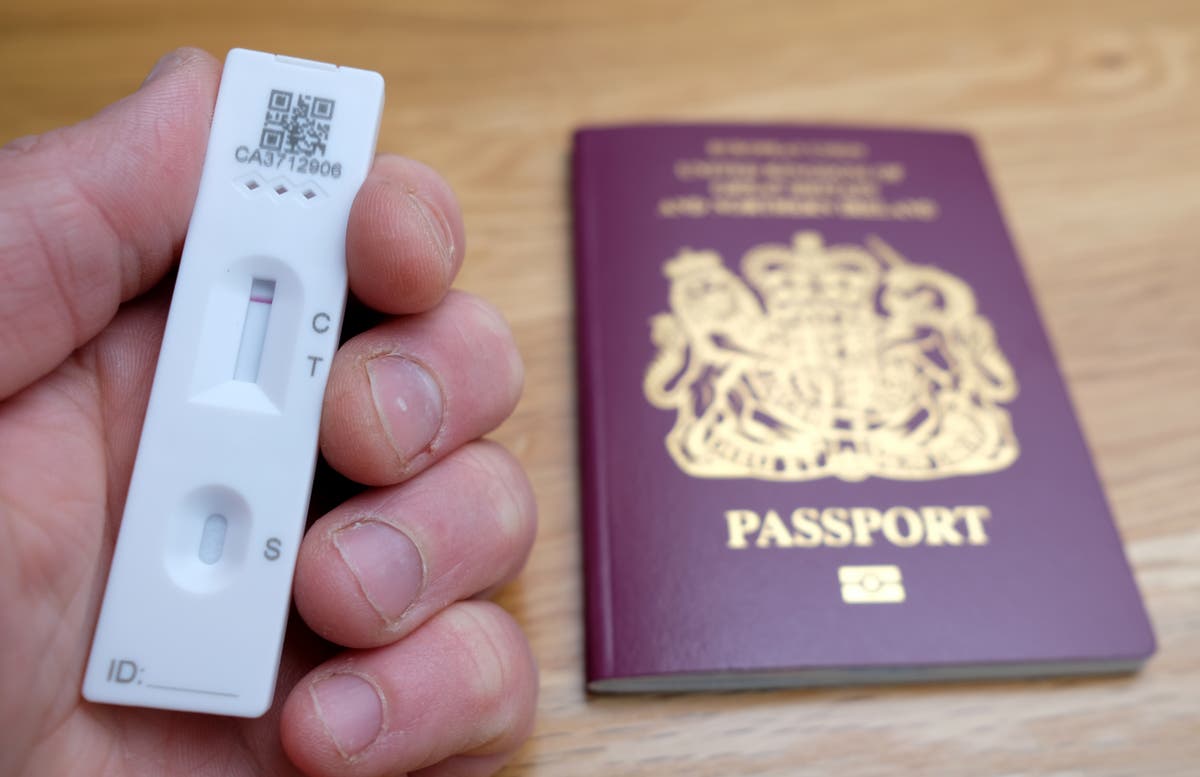8 Yoga Exercises to Increase Concentration
If you’ve been distracted a lot and it is affecting your performance, productivity, and efficiency, be it at home or work, it is time that you look for alternatives to control your monkey mind. Having concentration in every work...


If you’ve been distracted a lot and it is affecting your performance, productivity, and efficiency, be it at home or work, it is time that you look for alternatives to control your monkey mind. Having concentration in every work you do is vital for getting better results.
Imbibing yoga practices in your daily life can improve your mind’s ability to stay in the present. Yoga poses, kriyas, various meditation and pranayamas have been known to improve mental functions.
Yoga exercises calm the mind and soothe the nervous system, leading to enhanced concentration and focus. They can help you control your thoughts and get rid of the mental clutter that is a hindrance to your work thereby reducing unnecessary stress, tension, and anxiety.
Moreover, once you get the hang of it, they are quite easy to perform and provide long-lasting results. Any person of any age can take up these practices.
In this article, we have compiled a list of 8 effective yoga exercises that can help you achieve your goal of better and enhanced concentration power.
1. Lotus Pose (Padmasana)

This classical pose is known to aid with deeper meditation and enhance alertness and concentration. It opens your hips and strengthens your legs. You can use the lotus pose while meditating, performing pranayama, or at the end of a yoga practice.
Lotus pose helps in balancing the flow of the prana and aids in yogic breathing. Keeping your back straight aligns your spines to their natural shape and also allows for a free flow of energy towards the head. These factors promote a calm and relaxed mind and enhanced concentration.
Steps to perform lotus pose for concentration
Sit comfortably on the ground or yoga mat with your legs stretched out in front of you. Starting with the right leg, bend your knees and bring the right foot to keep it on the left hip crease. Do the same with the left leg and place the left foot to the right hip crease.The soles of your feet should be facing upwards and the heels of both the feet should be near the lower abdomen. You may have to adjust the positioning of the feet with your hands.Relax the shoulders by pulling them away from the ears.Push your knees toward the floor to lengthen the spine. Do not force them if they are unable to come down. You can place a yoga block or a folded towel under them for support.Raise your chest and stretch your spine by sitting upright. Keep your hands on your knees, palms facing up in any other mudra of your choice.Precautions – If you have tight hips, sciatica, injured knee or ankle, or any musculoskeletal issues in your lower body, you should avoid performing lotus pose till you have significantly recovered. The use of props can aid in taking off some load from the joints.
2. Tree pose (Vriksasana)
 Image Source: Shutterstock
Image Source: ShutterstockBeing a balancing pose, the tree pose can be considered to be a forerunner in improving concentration levels. This pose allows you to fully focus on being stable on one leg while keeping your upper body straight. This requires much concentration and attention to detail to maintain the pose for extended periods.
Additionally, it will strengthen your legs as well as correct your posture. It stretches your entire body as well as calms your nervous system.
Steps to perform tree pose for concentration
Start by standing in a Tadasana (Mountain Pose). Your feet should be firmly placed on your yoga mat with your bodyweight spread equally on all four corners of the feet.Put some weight on your right foot and start bending your left knee to slowly lift the left leg. Make sure that your right leg is relaxed and the knee is locked.Turn your lower leg so that the left foot is facing the right leg. Place the left sole on the inside of the right thigh. Avoid placing it directly on the side of the right knee as it can put undue pressure.To reduce the extra stretch on the left inner thigh and knee, place the left foot below the right knee joint.Keep your gaze on a focal point in front of you to help you with the balance. You can place your hands in the Anjali Mudra in front of your chest or stretch them above your head and join the palms.Hold this pose for at least 3 breathes and come back to the mountain pose.Stay in this pose for 30 seconds and then repeat the process with the other leg.3. Seated Forward Bend (Paschimottasana)
 Paschimottanasana. Image Source: Shutterstock
Paschimottanasana. Image Source: ShutterstockIn seated forward bend pose, your head comes to a lower position than your heart. This facilitates enhanced circulation towards the head which in turn calms the mind. This pose is often practiced when you want to relax and calm your mind and alleviate any stress and anxiety.
It also effectively stretches your spine and arms and improves digestion by compressing the abdomen. From your torso to your pelvis, the entire region is stretched and promotes the free flow of energy.
Steps to perform seated forward bend for concentration
Sit in the staff pose (dandasana) on your yoga mat. Keep your legs stretched in front of you and your upper body erect. You can use a folded blanket under your buttocks for more support.Start bending forward from the hips while keeping your back straight. Keep bending till you feel you can no longer go further. You can also keep a bolster in front of you to support your forehead and upper body.After coming to a full bend, place your forehead on your legs. Extend your arms as far as they will go on the outside of each leg. Hold the side of your feet with your hands if you can reach them. You can also use a strap if you have stiff shoulders or are unable to reach your feet. Stay in this pose for 5-7 breaths.Precautions – If you are pregnant, suffering from diarrhea, sciatica, hip problems, or have issues with your spine, back, or neck, you should avoid practising this pose. Avoid eating heavy meals at least 2 hours before practicing this pose.
4. Bhramari Pranayama (Humming Bee Breath)

Bhramari pranayama is a yoga breathing exercise that draws your attention to the present moment by eliminating distracting thoughts going in the mind.
This pranayama can be done before meditation or as a stand-alone exercise to improve concentration. It aids in the reduction of anxiety, agitation, and worry, as well as increasing focus and memory.
This pranayama is like a reset button to the chaos and clutter in the mind.
Steps to perform bhramari pranayama for concentration
In a quiet and cozy place, sit on the ground or yoga mat in a meditative position of your choice.Keep your back straight, your head aligned with the spine, and close your eyes.Place the thumbs on the cartilages and the index fingers just above the eyebrows. The middle, ring, and little fingers will be placed across the eyes such that the tip of the fingers touches the bridge of the nose.Take a deep inhale through the nose, filling up your chest and belly.Slightly tuck in your chin and exhale while making a ‘hmmmmm’ sound at the back of your throat. Close your ears by pushing the cartilage through the thumb during exhalation.Repeat the process 5-7 times.5. Nadi Shodhana (Alternate Nostril Breathing)
 Image: Shutterstock
Image: ShutterstockNadi Shodhana pranayama has a calming impact on the brain. It does so by eliminating excessive stress and tension. It calms the racing mind, providing a foundation for strong concentration.
Practising Nadi Shodhana can alleviate anger, frustration, and anxiety.
It also works on nadis purification or nadi shuddhi, paving a way for better flow of the prana. By stimulating the Sushumna Nadi (central energy channel), it keeps your mind aware and alert.
Steps to perform Nadi Shodhana for concentration
Sit in a meditative position of your choice with a straight back. Align your head to the spine and relax your face and shoulders.Your left hand should be placed on your thigh in Gyan mudra.Bring your right hand towards your face. Place the thumb on the right nostril, the index finger will touch the middle of your eyebrows. The ring and little finger will be placed next to the left nostril while the middle finger will be folded. The thumb, ring, and little finger will act as lids to open and close the nostrils.Breath naturally for a few moments and bring your awareness towards it.After stabilizing your breath, close your left nostril with your ring finger and breathe in from the right nostril. Close the right nostril with the thumb and retain the breath for a few seconds.Open the left nostril and breathe out completely.Now breathe in from the left nostril, while keeping the right nostril closed. Close the left nostril to hold the breath for a few seconds and release the right nostril to breathe out.This completes one round of nadi shodhana. The breathing ratio between inhaling, retention, and exhaling is 1:4:2.Practice at least 10 rounds of this pranayama.6. Trataka Kriya
 Image: Fitsri
Image: FitsriTrataka means a steady gaze or look. It is a shatkarma kriya of hatha yoga that cleanses the eyes, stimulates the third eye chakra, and increases concentration. Trataka is also a form of open-eye meditation wherein you gaze at a candle flame, a black dot, or any stationary object without blinking.
When you fix your eye to a still object or point in trataka kriya, you actually restrict eyeball movement. It leads to halting your restless mind and promoting mental peace and calm. An improvement in concentration is a direct consequence of a calm mind.
Additionally, trataka meditation also improves your memory power and is a great preparatory technique for meditation. It balances the nervous system, reduces anxiety, and strengthens the eyes.
The most commonly followed method for trataka is gazing at a candle flame. But before you sit down for this, it is better to train your eyes with a short eye exercise:
Sit in any comfortable position and close your eyes. Blink your eyes a few times and open your eyes fully.Move eyes up and down, sideways and diagonally. Then move them in clockwise, first clockwise and then anti-clockwise.After each movement, close your eyes for a few seconds, rub your palms and cover your eyes with them.Each of the steps should be done at least 10 times.Take a few moments to feel the sensations of this exercise and begin with trataka practice.Place a burning candle 3-4ft away so that the flame is level with the eyes. You can also use a candle stand to bring it to your eye level at least 1-1.5ft away.Sit in the meditative position with your back straight and your head aligned with the spine.Place your hands in Gyan mudra or any mudra that helps enhance concentration.Bring your gaze to the bottom of the flame, which is the most stable, and focus on it without blinking.Your eyes may start to burn and water after some time, which is normal. You can close your eyes at this point and concentrate on the mental image of the flame.Some people also persist in this condition to finish the time they have allotted for gazing before closing their eyes. This willpower can be built over time and with constant practice.Open your eyes when the mental image has faded and repeat the process.Start with an initial time of 5 minutes and gradually build up till 30-45 minutes.
Precautions – People who are epileptic should avoid flickering objects like a candle flame. They should gaze at a stationary object. Also, if you suffer from insomnia, do not practice this kriya at night. If you are experiencing tensional headache, avoid the practice of trataka as it can aggravate the problem.
7. Mindfulness meditation

Mindfulness is among the most successful and well-known strategies to increase concentration. Mindfulness meditation is paying heed to your thoughts, sensations, emotions, feelings, or ideas, without judgment during meditation.
It is a process of gently bringing awareness to the experience of the practice thereby reducing stress.
You learn to let go of all other thoughts, emotions, feelings, and distractions as you train your mind to stay in the moment and focused solely on a single object.
Your capacity to concentrate automatically improves when you learn to be mindful at will.
Steps to perform
Find a quiet place and sit in a comfortable meditative position. You can also sit on a chair if sitting on the ground is not comfortable.Keep your hands on the thighs or in Gyan mudra, with palms facing up.Close your eyes and bring your attention to your breath.Feel each breath filling your lungs before leaving through your throat and nose. Gradually deepen and lengthen your breath. As you progress, you will notice your mind will bombard you with all sorts of thoughts, ideas, emotions, and feelings. As soon as you realize your distraction, simply return your attention to the breath.Keep practicing this technique for a minimum of 10-15 minutes.8. Focused Attention Meditation or FAM

Focused Attention Meditation (FAM), also called concentrative meditation, is a meditative technique that focuses on a specific item, such as the sensation of breathing. Meditators practice focusing and maintaining their attention on the intended object while resisting stimuli from internal or external sources.
Instead of attempting to acquire a clear mind without a defined focal point, this meditation approach lets you concentrate your efforts on an item, sound, or sensation.
It helps with attention control and monitoring. The focus of attention can be on anything such as a sound, image, mala, breath, body part, or mantra. The goal is to maintain complete focus on the subject.
The more you practice zoning in, the better you’ll get at it, and you’ll have fewer distractions and slips in concentration.
FAM promotes cognitive performance while also relaxing the nervous system.
It may seem similar to mindfulness meditation, however, the difference is that in FAM, you have chosen a specific focal point of attention. Achieving mindfulness with a clear mind is the goal of FAM while also concentrating on the aspects of your target point.
Steps to perform
Find a quiet place and sit in a comfortable meditative position. Keep your spine tall and loosen your shouldersChoose an object or a target focal point for attention. It is preferred to select your breath as it is a common element in every meditation.Immediately focus your attention on the various details of your focal point – sound, smell, texture, etc. Simply experience the sensations of your focal point, while remaining present in the moment.Whenever you are disturbed and distracted by your thoughts or any other things, return your attention to feeling the sensations of your focal point.Practice this technique for at least 10-15 minutes.Conclusion
It can sometimes be difficult to stay focused, productive, and motivated with all the constant disruptions we face. Yoga, pranayama, and meditation are perhaps some of the most ancient and time-tested practices for improving attention accessible today.
If you’re having trouble regaining your concentration and focus, try the yoga practices listed above. They’re not only simple to do, but they could also assist you to acquire better outcomes.

 Kass
Kass 































